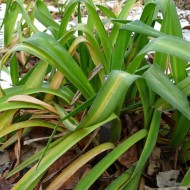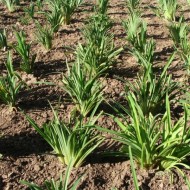Caring for daylilies in the fall and preparing for the harsh winter
Content
Pruning in the fall
The preparation of flowering crops growing on the territory of the garden plot for winter begins in early autumn. The task of the summer resident is to properly prepare the plants for the upcoming cold weather. First, you need to remove the weeds, debris, fallen leaves and broken branches from the garden. The collected leaves and tops are sent to a composter for humus.
The next stage of autumn care for horticultural crops is water recharge irrigation. Some plants do not like excess moisture in the soil. Therefore, the need for water-charging irrigation must be determined by the weather: if the autumn turned out to be wet and rainy, the soil can not be moistened. According to the descriptions of varietal characteristics, most varieties of daylilies are undemanding to watering. This culture is capable of accumulating liquid in the pulp of the rhizome processes.

Autumn is the time to prune flowering perennial crops. With regard to pruning daylilies, this procedure is carried out on the eve of stable frosts or immediately after them. If you rush or, conversely, be late with pruning, the plant may die.
First of all, dry peduncles and leaves damaged by diseases or harmful insects are removed. The remaining foliage is cut at a height of 10-15 cm from the rhizome. It is recommended to use a sharp knife or garden pruner for work. Some gardeners prefer to break off the foliage with their hands, but in the absence of these skills, the plant can be injured. Damaged and improperly cut leaves begin to rot; over time, rot can spread from the aerial part to the root collar. Winter hardiness of daylilies and their ability to quickly recover in spring depend on adherence to the technology and timing of pruning.
Video: "Pruning daylilies in the fall"
This video will show you how to properly prepare daylilies for winter.
Nutrition after the procedure
After pruning, daylilies need to be fed with potassium-phosphorus fertilizers, which feed the flowering crops with all the nutrients and nutrients necessary for the winter. In the last decade of September, organic fertilizers are applied under the bush. Horse manure, bird droppings and mullein should be diluted with water and added to the groove around the overgrown rhizome. If desired, organic matter can be replaced with wood ash. After fertilization, the soil is dug to a depth of 5–10 cm.
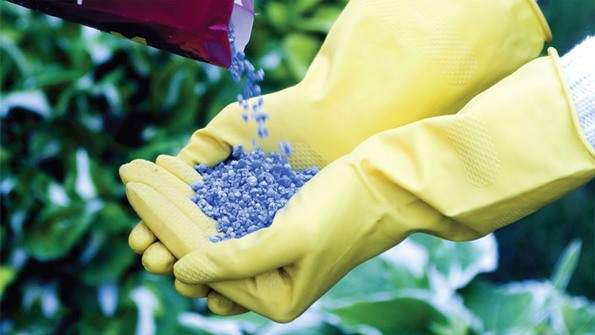
Shelter creation
After the preparation of perennial crops for wintering is completed, it is time to move on to the shelter. Most varieties of daylilies of domestic selection are considered frost-resistant and do not require additional shelter for the winter. To increase winter hardiness, garden crops are mulched with a layer of peat, tree bark, straw, hay, small spruce twigs and dry sand.
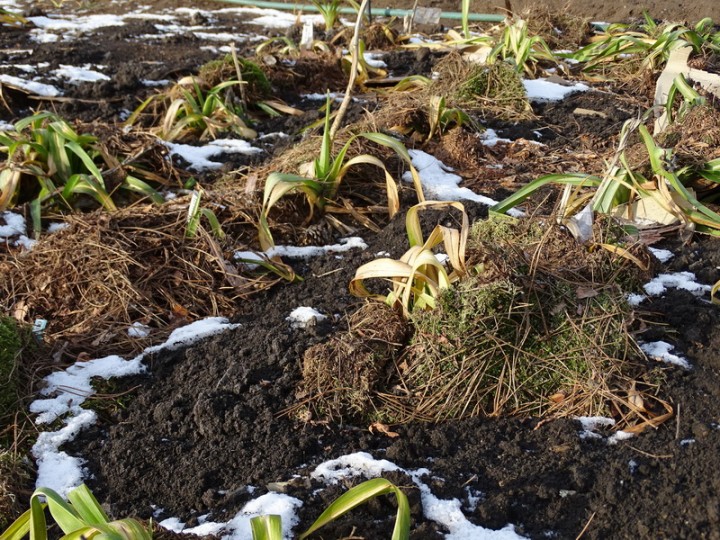
Evergreen and deciduous varieties of daylilies (Evergreen, Semievergreen, Dormant, etc.) do not withstand the harsh Russian winters, therefore they need additional insulation. Flowering perennials are covered with spruce branches, geotextile, lutrasil or spunbond.
Regional features
Many inexperienced gardeners are interested in whether it is necessary to cover daylilies for the winter in the southern regions of the country. In Crimea, Krasnodar Territory, Adygea, Stavropol Territory, Kuban and other southern regions, winters are mild and warm, daylilies successfully hibernate and quickly recover without additional shelter.
Flowering crops that are grown in the gardens of central Russia must be cut correctly and in a timely manner. You can protect plants from frost by mulching the rhizome and base of the stems. In this case, the height of the mulch should be no more than 5–10 cm, otherwise the daylilies will begin to grow out. For central Russia, including the Moscow region, frequent temperature drops are characteristic. An unexpected thaw is suddenly replaced by strong winds and severe frosts. To prevent decorative and flowering crops from dying in winter, it is recommended to follow the weather forecast and cover / open the plants in a timely manner.
The most difficult thing is for flower growers in Siberia and the Urals, where in winter the thermometer drops to -35 ° C and below. Some gardeners insulate flowering crops with pine spruce branches and any non-woven covering material, others use special wooden shelters in the form of boxes, inside which they pour fallen leaves and dry sand. The best option for wintering daylilies in regions with a harsh climate is to move shrubs to basements and cellars. As soon as the weather normalizes in spring, flowering crops are planted in open ground.
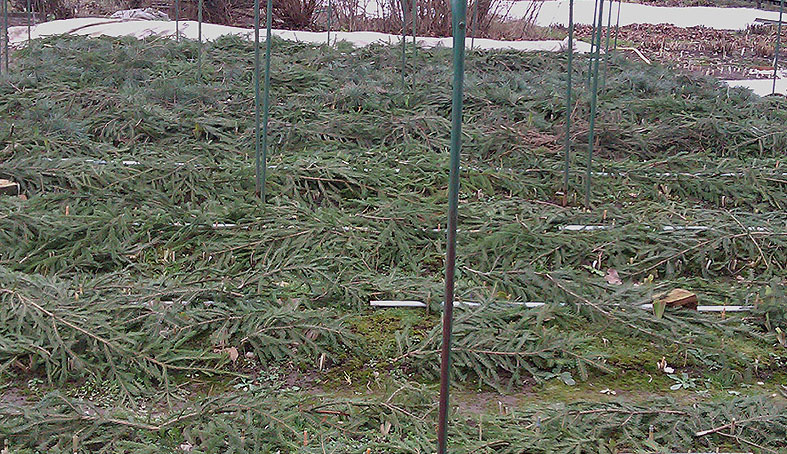
Things to Avoid
Often, novice gardeners choose the wrong time for pruning daylilies for winter. Pruning early will cause the plant to grow abundantly and emit new flower stalks. At the first frost, the perennial may die. Late pruning is dangerous because the flower does not have time to recover and prepare for a cold snap.
When the leaves and peduncles are cut off practically at the same level with the ground, the winter hardiness of the flowering crop is significantly reduced. A sharp change in weather and temperature conditions leads to the formation of glaciers in the soil, which is fraught with freezing of young shoots of the rhizome.
The autumn feeding of plants in the garden with nitrogen-containing preparations can lead to the death of flowering crops. Feeding on complex additives, which include ammonium nitrate, ammonium sulfate, sodium nitrate, ammonium water, urea, calcium cyanamide, ammonium sulfonitrate and other types of nitrogen fertilizers, the daylily begins to grow actively. At the same time, the blooming ornamental culture is weakening, which affects its winter hardiness.


